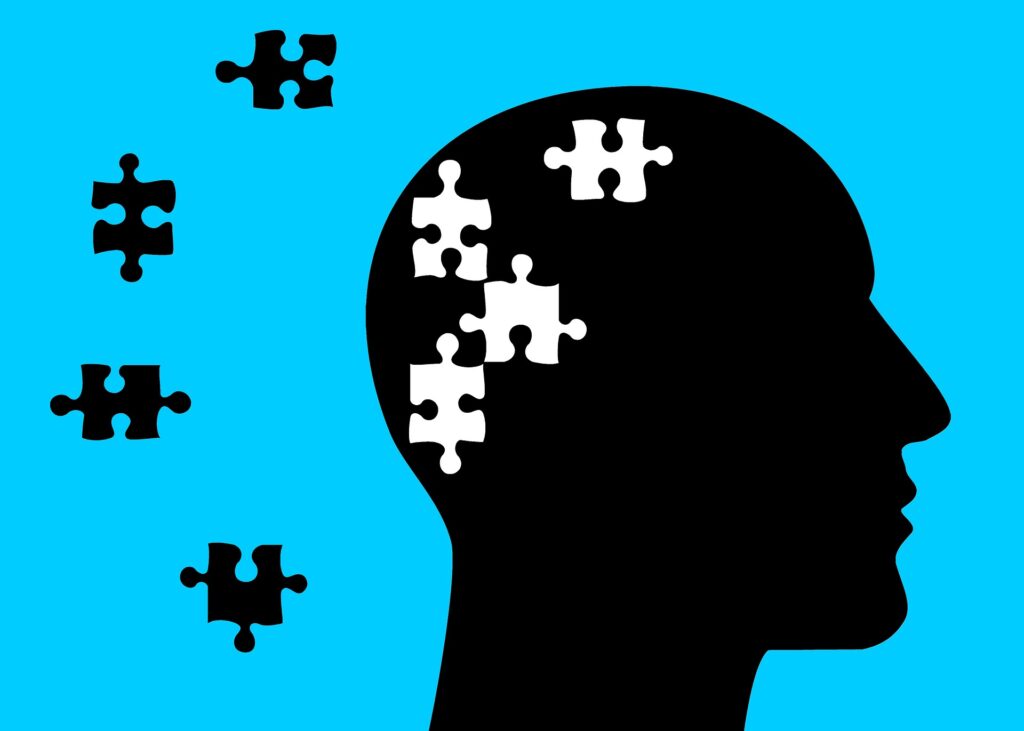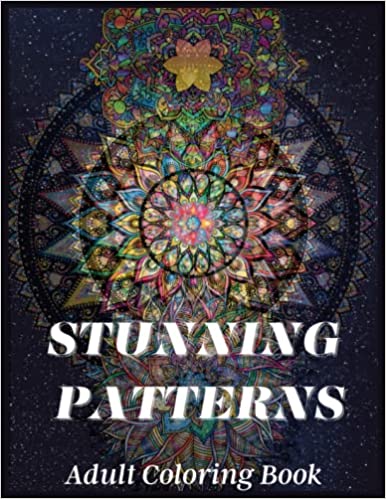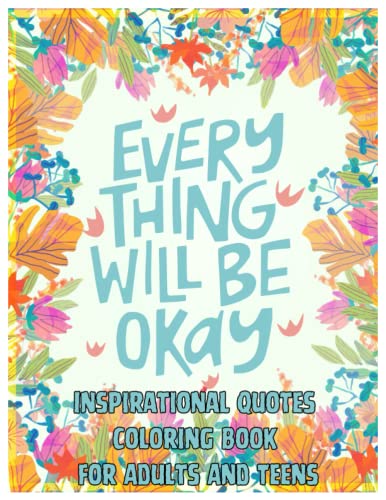
Coloring books have long been a favorite pastime for both children and adults alike. They provide relaxation, stress relief, and a means of creative expression. But what if these intricate drawings could do more than just entertain us? Research suggests that coloring books may have a significant impact on our cognitive abilities, particularly in the realm of memory. This article will explore the science behind these claims, investigating the potential benefits of coloring books for memory enhancement.
The Science of Memory
Memory is a complex cognitive function that involves encoding, storing, and retrieving information. Our brains have a remarkable ability to process and store vast amounts of information, but as we age, our memory capacity can decline. This decline can result in forgetfulness, difficulty recalling names, or even challenges in learning new information.
As memory is essential for everyday functioning, researchers have been exploring various methods to help enhance or maintain memory capacity. Among these techniques are mental exercises, such as puzzles, brain games, and coloring books. These activities can stimulate cognitive processes and potentially improve memory performance.
Coloring Books and Memory: The Connection
The connection between coloring books and memory lies in combining creativity, focus, and relaxation. Coloring involves several cognitive processes, including attention, visual processing, and problem-solving. As individuals engage with coloring books, they stimulate the brain’s neural networks, which can have a positive impact on memory.
Creativity and Brain Stimulation
Coloring involves choosing colors, imagining different combinations, and expressing oneself creatively. This process engages various regions of the brain, including the prefrontal cortex, which is responsible for decision-making, problem-solving, and organizing thoughts. By stimulating these areas, the brain becomes more efficient at processing information and creating new neural connections, which can potentially enhance memory.
Mindfulness and Focus
One of the primary reasons people turn to coloring books is to find a sense of calm and relaxation. Coloring requires a level of focus and concentration that helps block out distractions and brings about a state of mindfulness. This mindful state allows individuals to be fully present “in the moment”, which can improve the encoding and storage of information in the memory.
Stress Reduction
Stress can have a detrimental effect on memory, as high cortisol levels can impair the brain’s ability to encode and retrieve information. Coloring has been proven to help reduce stress levels and promote relaxation. By engaging in this soothing activity, individuals can lower their cortisol levels, making it easier for their brains to process and store new information.
Research Supporting the Link
Several studies have investigated the effects of coloring on cognitive function and memory. In a study conducted by Curry and Kasser (2005), participants were assigned to color mandalas, plaid patterns, or a blank sheet of paper. The researchers found that those who colored mandalas or plaid patterns experienced a significant decrease in anxiety levels. Although the study did not directly measure memory, the reduction in anxiety could contribute to improved cognitive function and memory.
Another study by Fawcett and colleagues (2018) examined the impact of coloring on older adults with mild cognitive impairment (MCI). The participants engaged in a 12-week art intervention that included coloring, drawing, and painting. The results showed that participants who participated in the art intervention experienced improvements in memory, attention, and overall cognitive function.
A Limitation to Consider
While the research on coloring books and memory is promising, it’s important to note that not all studies have found significant effects. Some research suggests that the benefits of coloring may be limited to specific populations or coloring conditions. Additionally, the effects of coloring on memory may be indirect, resulting from improvements in factors such as stress reduction, focus, and creativity.
Conclusion
The use of coloring books as a means to enhance memory is an intriguing concept, backed by a growing body of research. The cognitive process of coloring, such as creativity, focus, and relaxation, can stimulate brain activity and promote neural connections. This stimulation, combined with the stress-reducing effects of coloring, may contribute to improvements in memory performance.
While not all studies have found significant effects, the existing evidence suggests that engaging in coloring activities may be beneficial for memory, particularly in certain populations or under specific conditions. Coloring books could be an enjoyable and accessible way for individuals to maintain or improve their memory capacity, alongside other brain-stimulating activities and a healthy lifestyle.
Further research is needed to better understand the nuances of the relationship between coloring and memory. This includes exploring the most effective coloring techniques or formats, identifying populations that may benefit the most from coloring interventions, and determining the long-term effects of coloring on memory and cognitive function.
In conclusion, coloring books show potential as a tool for memory enhancement, offering an engaging and creative way to stimulate the brain and reduce stress. If you’re looking to boost your memory, it may be worth incorporating coloring into your routine. While coloring alone may not transform your memory capacity overnight, it could contribute to a healthier cognitive environment and support better memory function over time.
FOR A FULL SELECTION OF KIDS AND ADULT COLORING BOOKS
CLICK HERE



